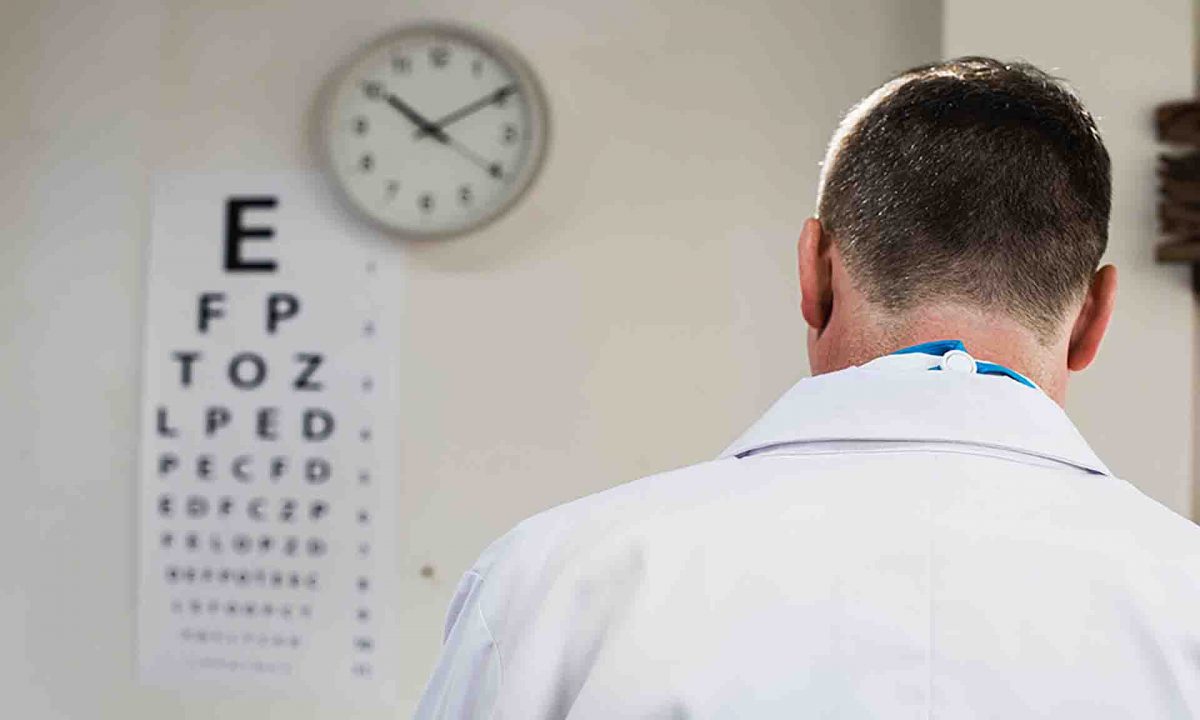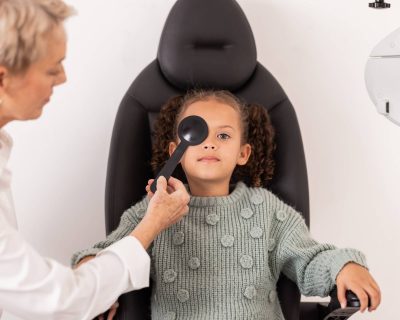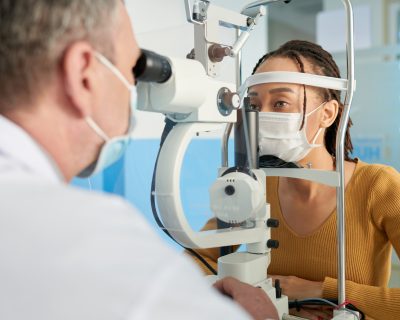
5 Reasons Why You Should Visit an Optometrist
Whether you currently use prescription eyewear or not, there are many reasons why you should visit an Optometrist. There is a misconception that a visit to your Optometrist is exclusive to your vision problems, but today we will cover other reasons why you should get your eyes checked on a regular basis.
Here are 5 reasons why you should visit an Optometrist:
Vision Correction
The most obvious reason to visit an Optometrist is to correct your vision. If you haven’t had your vision tested in several years, there is no sure way to know for sure how well you can see without a proper examination.
A lot of times the action of visiting an eye doctor is a reaction to a condition. Common eye and vision conditions like eye strain, night blindness, red eyes, blurriness or even chronic headaches will lead to an appointment to the Optometrist.
If you are not experiencing any of these conditions, don’t be shy to get your eyes checked anyway! You may be surprised on what the slightest form of correction can do to your vision.
Related Article: Why is it Important to get Frequent Eye Examinations?
Updating Your Prescription
If you already wear prescription eyewear, it is crucial to get your vision tested on an annual basis to ensure you are using the correct lenses to correct your vision.
Although there are is no harm health wise to wearing the wrong prescription, it can lead to headaches and nausea if they’re too strong. If they’re too weak, it defeats the purpose of wearing corrective eyewear.
For children on the other hand, having under-prescribed or over-prescribed prescriptions can lead to impaired eyesight since their eyes are still developing. Furthermore, having proper vision while children are learning will lead to success at school as they will need their vision to perform day-to-day learning activities. We wrote a previous blog on what are the benefits of having children eye exams, which covered further details on the importance behind this.
Health Check on Your Eyes
Even if you believe that you have 20/20 vision, there are various eye conditions and eye diseases that can be detected by an Optometrist.
Some of the examples of eye diseases include:
• Glaucoma
• Macular Degeneration
• Cataracts
• Keratoconus
• Ocular Hypertension
• Presbyopia
This is just a small sample size of some of the eye conditions out there. Allaboutvision.com put together an extensive list of eye problems and diseases on their website that you should check out.
Outside of these eye conditions, there are other reasons why you need to get eye exams even with 20/20 vision. An eye doctor can detect signs of diabetes by examining blood vessels in the eye.
An eye exam can also uncover if you have high blood pressure. Having high blood pressure is a leading cause to issues with your retina. An eye doctor can discover if you have hypertension, which may affect your vision if untreated.
The tricky part with some of these health issues relating to your eyes is that more often than not these eye diseases do not show any symptoms. Individuals that develop glaucoma don’t experience any noticeable symptoms at first. Gradually, other symptoms begin to show like gradual loss of peripheral vision and tunnel vision. But with that being said, regardless of symptoms showing or not, it is best to get your eyes checked regularly.
Proper Vision is Important for Learning
Did you know that 80% of your child’s learning is visual? Based on this stat it is crucial to keep your child’s eyes checked at an early age. We recommended having a children eye exam at 6 months old, 3 years old and just before school starts.
During the infant eye exam, which should be at the 6-month-old mark, your optometrist will run several tests. First, they will test the response rate of their pupil. This is simply checking whether your child’s pupils open and closes properly to light.
Next, they will run a test on how your child follows objects with their eyes. This test determines whether your child can fixate on and follow an object as it moves.
The last test that is typically run is a preferential looking test which tests the monocular and binocular acuity of your child. With this test, your child is typically shown two images, one blank and one with stripes on it. Your 6-month-old should prefer the one with stripes. This is a good test to conduct in the absence of your typical eye chart test.
At 3 years old, the tests get a bit more interactive as your child will be capable of communicating. Eye health screenings and visual acuity tests are typically conducted.
Charts with objects that toddlers can relate to are used to determine how well your child can focus at far, middle and near distances. If your optometrist suspects misaligned eyes, amblyopia (lazy-eye), or refractive errors during the health screen, you will likely be referred to an ophthalmologist, who is basically an eye specialist that deals with eye diseases.
As your child prepares to go to school, another eye exam should be conducted. As mentioned earlier, 80% of your child’s learning is vision related. As they enter formal learning at school, there will be a lot of reading activities (both near and far), writing activities and potential computer use. You want to set your child up for success as they enter the early years of their formal learning.
Dealing with any potential eye problems at an early stage of your child’s life is very important to ensure they do not have complications growing up. More than 5% of children have a vision problem that can cause permanent damage if left untreated.
Function Before Style
More often than not, people visit an Optometrist for an eye exam to correct their vision or to check the health of their eyes, but there is absolutely nothing wrong with visiting your Optometrist for your style.
Are you in the market for new sunglasses? If so, use this opportunity to book an eye exam to see how your vision is. Function should always supersede style, meaning your stylish shades should have prescriptions if your eyes require correction.
In the scenario that you do need prescriptions, your investment on those new shades will now serve dual purpose, function and style. Besides, if you have health benefits at work that cover prescriptions, you may qualify for a portion of it to be paid.
In the opposite scenario, where you discover you don’t need prescriptions after your eye exam, at least you took the time to check the health of your eyes, which you should be doing on a regular basis.
About New Optical Palace
New Optical Palace is your Optician and Optometrist in the Kitchener and Waterloo Area. We offer eye exams for adults and children and a wide selection of prescription glasses for your prescription, contact lenses, and sunglasses.




